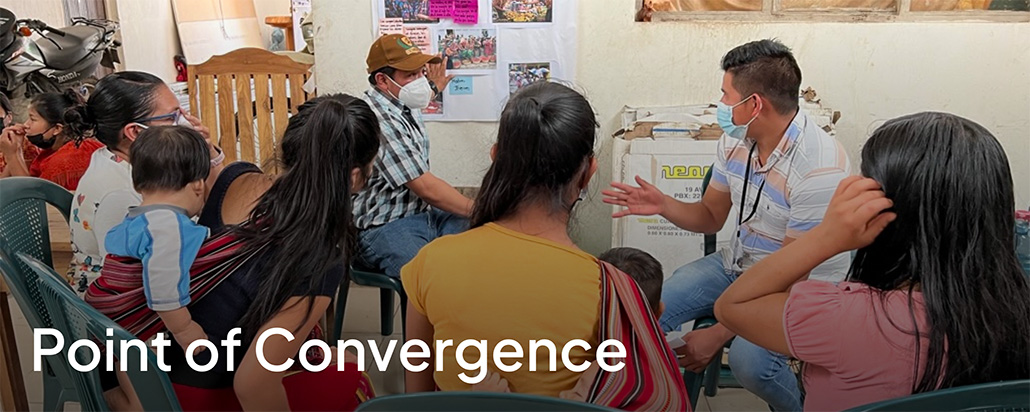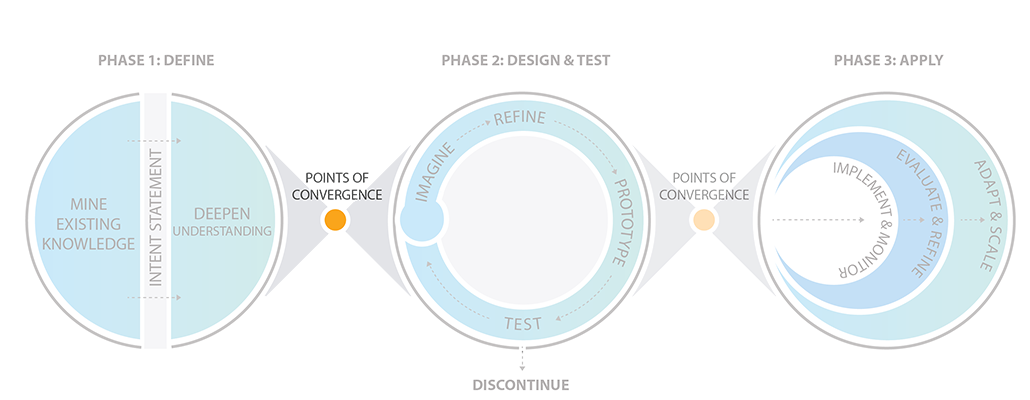First Point of Convergence

Guatemala, Point of Convergence
Decision points sit between each phase. These are called points of convergence. During this first transition, the project team validates the quality of the insights with communities and stakeholders. This is a time for refining the insights and promoting buy-in.

Insights Validation
How do we validate our insights?
By the end of this step, your team will have assessed the quality of the insights generated and have a set of validated insights by communities and stakeholders.
How to conduct this step and achieve its main objectives:
Gather Feedback
While the creative process of generating insights from available information can be fun, it’s equally vital to dedicate time to validate them. A validation workshop serves as a collaborative occasion where these insights are subjected to rigorous analysis. Participants collectively scrutinize the findings and the subsequent preliminary insights to ensure their accuracy and relevance.
Feedback Gathering Activity
Suggested time:
5–6 hours, depending on scope
Participants:
Design and research team, partners and
stakeholders, individuals you are designing for
Tool: Feedback Gathering Activity
Feedback gathering aids teams in validating the insights they’ve developed. This process involves engagement with communities and stakeholders, fostering an environment for collecting input and ensuring the inclusion of diverse perspectives. Analyzing this feedback is instrumental in guiding teams to make informed improvements, transitioning from draft to final insights.
Effort required:

Develop Design Criteria
How do we know if our solutions are user-centered?
By the end of this step, you will have defined a set of clear and actionable design criteria that are informed by user needs. These criteria will serve as guiding principles, ensuring the developed solutions are user-centered.
How to conduct this step and achieve its main objectives:
Craft Design Criteria
A robust design process relies on a shared reference point, which, combined with your unique insights, forms the foundation for your design criteria. By formulating actionable criteria that steer the evolution of your designs, you establish a solid framework that paves the way for project success.
Design Criteria
Suggested time:
3–4 hours
Participants:
Design team
Tool: Design Criteria
This concise guide empowers teams to craft impactful design criteria. It offers step-by-step methods for understanding user needs, and brainstorming criteria. Packed with practical tips, this guide accelerates the development of clear, actionable, and user-focused design criteria, enhancing team collaboration and product innovation.
Effort required:

